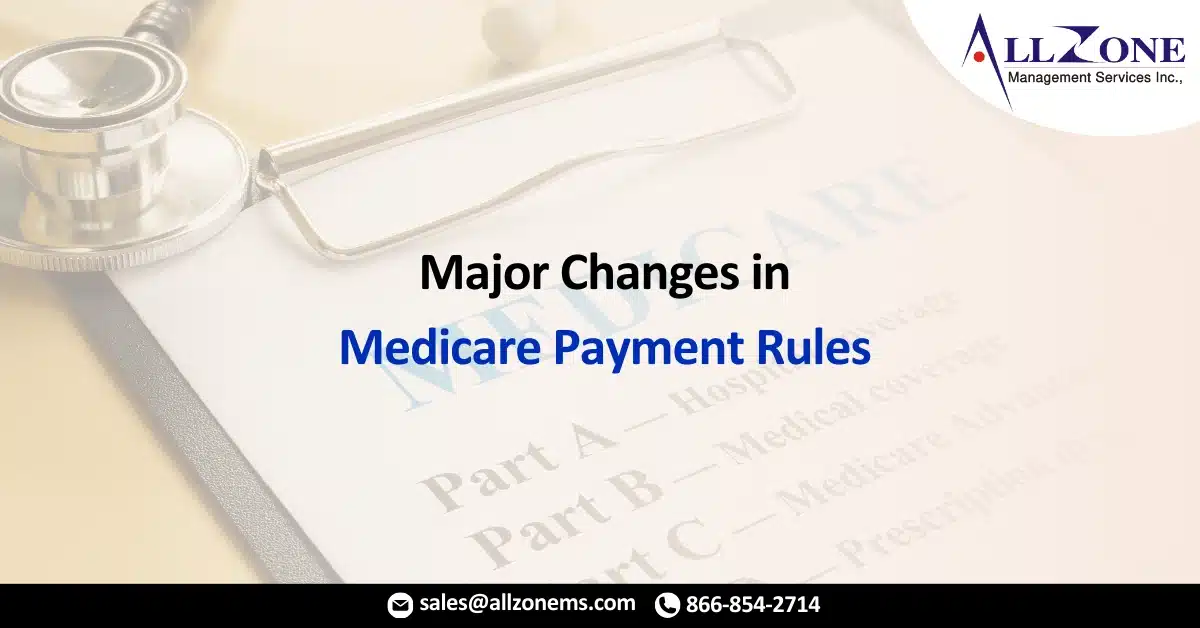Final rules will impact nearly every type of healthcare provider.
The Centers for Medicare & Medicaid Services (CMS) presented us with quite a number of Medicare payment rules in the last week or so, referencing almost every type of provider in the program.
The final rules included the Fiscal Year (FY) 2020 Medicare Hospital Inpatient Prospective Payment System (IPPS) and Long-Term Acute Care Hospital (LTCH) Prospective Payment System (CMS-1716-F). This rule adjusts wage indexes to help rural hospitals, and increased the operating payment rates for general acute care hospitals paid under the IPPS that successfully participate in the Hospital Inpatient Quality Reporting (IQR) Program and are meaningful electronic health record (EHR) users is approximately 3.1 percent. It also provided increased payments and additionally pathways for new technology.
The Fiscal Year 2020 Medicare Payment and Policy Changes for Medicare Inpatient Rehabilitation Facilities (CMS-1710-F) continued the efforts of CMS towards the eventual transition to a unified post-acute care system, allowing facilities to determine whether a physician qualifies as a rehabilitation physician (that is, a licensed physician with specialized training and experience in inpatient rehabilitation). The rule finalized updates to the IRF PPS Medicare payment rates to reflect an estimated 2.5 percent increase factor and revised the case-mix measure using different quality indicators.
The Fiscal Year 2020 Hospice Payment Rate Update Final Rule (CMS-1714-F) better-aligned hospice payment rates with the costs of providing care and finalizes modifications to the election statement by requiring hospices, upon request, to furnish an election statement addendum effective beginning in FY 2021.
The SNF Final Rule adopts the CMS Patient-Driven Payment Model (PDPM) effective Oct. 1, 2019, under the SNF Prospective Payment System (PPS) for classifying patients in a covered Medicare Part A SNF stay, The PDPM utilizes ICD-10 codes to classify SNF patients into certain medicare payment groups To help ensure SNFs have the most up-to-date ICD-10 code information as soon as possible, in the clearest and most useful format, CMS is finalizing a sub-regulatory process for making non-substantive changes to the list of ICD-10 codes used to classify patients into clinical categories under the PDPM. This sub-regulatory process aligns with similar policies in the SNF PPS and the Inpatient Rehabilitation Facility (IRF) PPS.
A rule updating the medicare payment policies and rates for Inpatient Psychiatric Facilities was also issued.
Two very important proposed rules for the calendar year (CY) 2020 medicare payments were also issued. The Physician Fee Schedule and MIPS Proposed Rule (CMS-1715-P) went on display at the Office of the Federal Register’s Public Inspection Desk on July 29, 2019, and will be available until the regulation is published on August 14, 2019. The comment period will close on Sept. 27, 2019. The rule Increases scoring thresholds to avoid penalties and get bonuses, Increases cost weight and reduces quality weights, provides some burden relief, and most importantly Introduces MIPS Value Pathways (MVP), beginning a transition to more specialty-specific grouping and measures closer to APMs to allow for better transition to value-based care with; more administrative measures that can be calculated versus clinician submitted measures. The rule keeps evaluation and management (E&M) coding roughly the same instead of collapsing categories as had been proposed. And lastly, the CY 2020 Medicare Hospital Outpatient Prospective Payment System (OPPS) and Ambulatory Surgical Center Payment System Proposed Rule (CMS-1717-P) provides charge transparency for consumers through definitions — definitions of “hospital,” “standard charges,” and “items and services.” The rule sets requirements for making public a machine-readable file online that includes all standard charges for all hospital items and services; sets requirements for making public payer-specific negotiated charges for a limited set of ‘shoppable’ services that are displayed and packaged in a consumer-friendly manner; and provides for monitoring for hospital noncompliance and actions to address hospital noncompliance (including issuing a warning notice, requesting a corrective action plan, and imposing civil monetary penalties), and a process for hospitals to appeal these penalties.
The rule contains a number of policies that reduce payment differences between certain outpatient sites of service so that patients can benefit from high-quality care at lower costs. The rule proposes to remove Total Hip Arthroplasty (TKA) from the Inpatient Only (IPO) list, making it eligible to be paid by Medicare in both the hospital inpatient and outpatient settings.
Additionally, CMS is proposing to establish a one-year exemption from medical review activities for procedures removed from the inpatient-only list beginning in CY 2020 and subsequent years, CMS is also proposing to add TKA, Knee Mosaic plasty, and three additional coronary intervention procedures to the ASC CPL.
For More Information: major changes in 2020 medicare payment rules

